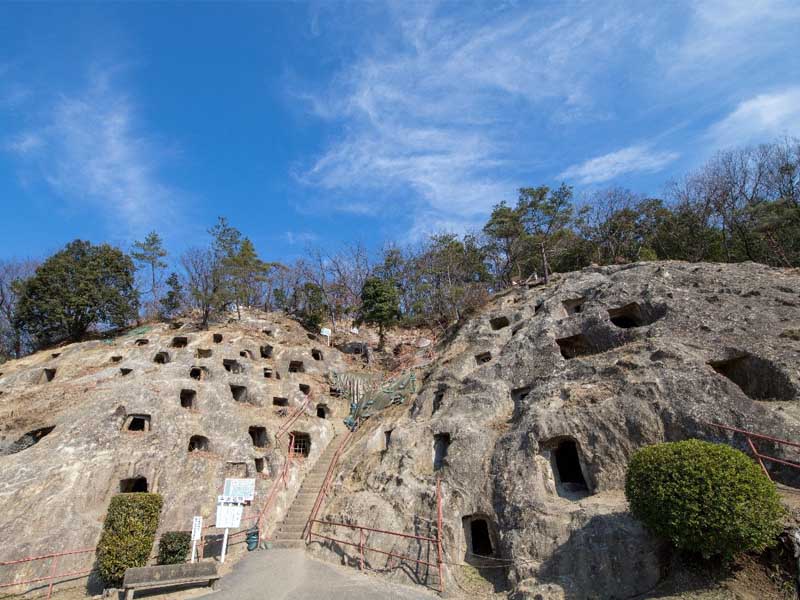Roadside Station: Ichigo-no-Sato Yoshimi
sightseeing
This roadside station, with a play tower designed to resemble a strawberry castle, is easy for families to stop by.
Goods such as fresh dorayaki made from Yoshimi grown strawberries are available for purchase. It is also a popular place to take a break and enjoy a delicious soft-serve ice cream.
Basic Information
Location
1737 Kubota, Yoshimi Town, Hiki-gun
TEL
0493-53-1530
FAX
0493-54-8988
Home page
Event Information
August Lantern Festa
Business hours / Fee
Business hours
Parking lot can be entered and exited 24 hours a day.Please check the website for business hours.
Regular holiday
December 30th-January 4th
Fee
Free
How to get there
Public transport
Get off at JR Takasaki Line "Konosu Station" Bus "For Higashi Matsuyama Station" "Roadside Station Ichigo no Sato Yoshimi" Get off and walk 1 minute
Car
About 7km from the Higashimatsuyama IC on the Kan-Etsu Expressway toward Konos
Parking
Free:392 small cars, 11 large vehicles,
2 units for the physically challenged
2 units for the physically challenged












